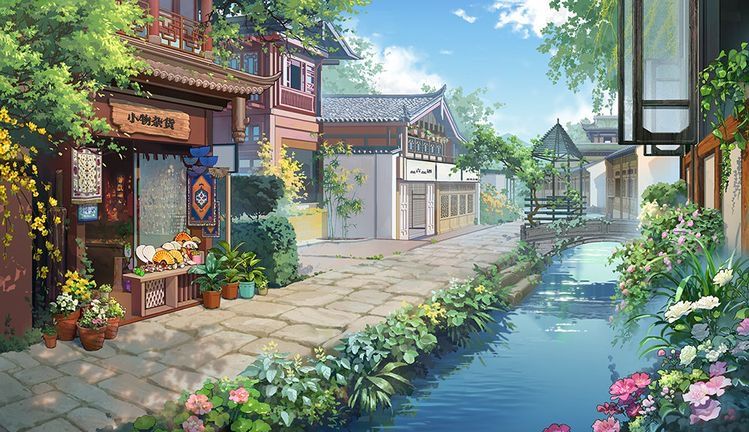When you picture Japanese interior design, you may think of the traditional Machiya, with its sharply sloped roof, paper doors and beautiful wood tones. Modern interior design philosophies have been at the forefront of architectural design in Japan over the past few decades, as post-war design ideas transform, but do not lose, the habitual design preferences. In this blog we will focus on interior design specifically. We will explore developments in design choices and the philosophical reasoning behind these advancements.

Since the beginning of Japanese interior design, philosophical ideas have been the key factor in the details of the nation’s architecture. These ideas come from ancient Buddhist and Shinto beliefs. This is because of the utmost significance nature and the simplicity of life hold in these religions. From the 8th to 12th century, partially due to the spread of Buddhism from China, Chinese design ideas were also heavily drawn upon by Japanese designers looking for external inspiration. Moving towards the present day, the country saw a shift in style as the 15th century brought about militaristic, court-style housing. This was inspired in part by Zen Buddhist architecture of the time.
Most notably however was the tearoom design, thrown into the limelight in the 16th century as the ‘way of tea’ gained popularity throughout the nation. This is ultimately the key interior design style that shaped all ideas and philosophies to come. During this period, religious design ideas fused with the new practical aesthetics of the time. By looking back on the historical aspects of design, we can better understand how the modern Japanese interior design scene continues to be influenced, or on the contrary it is in fact shifting towards new ideals.

This post-war trend in Japanese design focuses on creating a simple yet functional building that’s central role is to be able to develop like the human body (hence the name) in an ever-changing cityscape. However, when applied inside the home, it is not such a modern idea. The classic sliding doors and complete tatami coverage of the traditional machiya essentially reflects this design trend. The unclear divide between rooms and the ability to slide doors called fusuma along to the desired positions means that the space can be transformed into almost any chosen configuration.
This trend is the perfect example of a modern movement that owes its roots to historical influences, but where does the concept of a transforming space originate from? One reason is much more practical than philosophical; the Japanese summer is infamous for its humidity and heat, and conversely, winter sees flurries of snow in subzero temperatures. These extreme conditions call for an interior design that allows for airy, open rooms in the summer but also more secluded rooms in the winter to retain heat. Secondly, religious influences focused on creating calm interiors for self-reflection and peace in the home. The shoji screens and opaque washi allowed for light to trickle in and cast calming shadows.
A world-famous example of metabolism being taken into the design scene more recently is the Nakagin Capsule Tower in Tokyo. Sadly, its 50th-year anniversary welcomed its demolition in 2022 due to a lack of funds. The viability of ‘metabolism’ design is the key worry here, however, meaning we can expect to see further explorations of interior (and exterior) designs following the trend.

Perhaps one of the better-known philosophies regarding Japanese interior design is the belief that nature is an essential feature of any space. ‘Shizen’ in Japanese technically means ‘nature’ – that’s it. However, when referred to in the interior design field, the term is used to describe the principle that humans and nature should live in a harmonious state. To achieve this balance between humans and nature, it is important to bring nature indoors as much as possible. This not only connects the human with nature, but also reflects the fact that the house should not be built to keep nature out, but rather should be built to coincide with it.
If you look at traditional machiya, you will notice the lack of brick, metal and more unnatural materials such as plastic and cement. Such materials will ruin the feel of the interior of the house as much as roughen the exterior appearance, so as nature is brought into the home, so too must natural building materials create the structure. This allows nature to flow through the home through elegant beams and tatami floors, but also through the more conspicuous use of plants and plant installations.

The element of using and incorporating nature in Japanese interior design has evolved, along with other concepts and principles, not because of a fall out with nature but because of a seemingly forced disconnection with it as skyscrapers and city developments take over. As the number of floors in buildings increase, it becomes more difficult to incorporate nature in the same way, and natural building materials also become unrealistic options as the structural integrity of rooms must be improved – especially in the face of large earthquakes.
This has naturally led to interiors that lack a deeper connection with nature. This loss of nature has arguably given modern day interior designers more scope though, albeit with less greenery. Modern interior structures now focus on other philosophical elements of design, such as simplicity and sleekness for a calming interior and vast areas of glass panelling to allow sunlight to work as natural lighting.

Finally, a historic element of Japanese interior design, but also a significant idea in Japanese society in general; minimalism. This is perhaps the Japanese design principle Westerners are most aware of, and the concept is simple: Remove anything that is not necessary for the function or feel of the space. The principle arose from the Zen Buddhist belief that a satisfactory lifestyle is led by decluttering down to the essentials.
While the philosophy behind the idea is ancient, we can see examples of minimalistic interior design in popular use today. Trending modern companies such as Muji sell home products that have no logo or brand name. These products speak through their sleek and minimal designs rather than a flashy function or shape, proving minimalism’s prominence in modern Japanese interior design.
These principles clearly embed the philosophies of today’s Japanese interior design in history. They highlight the absence of a transient nature when developing new interiors. They also prove the overwhelming sense of purpose in design choices made by Japanese interior designers over the years.



















































